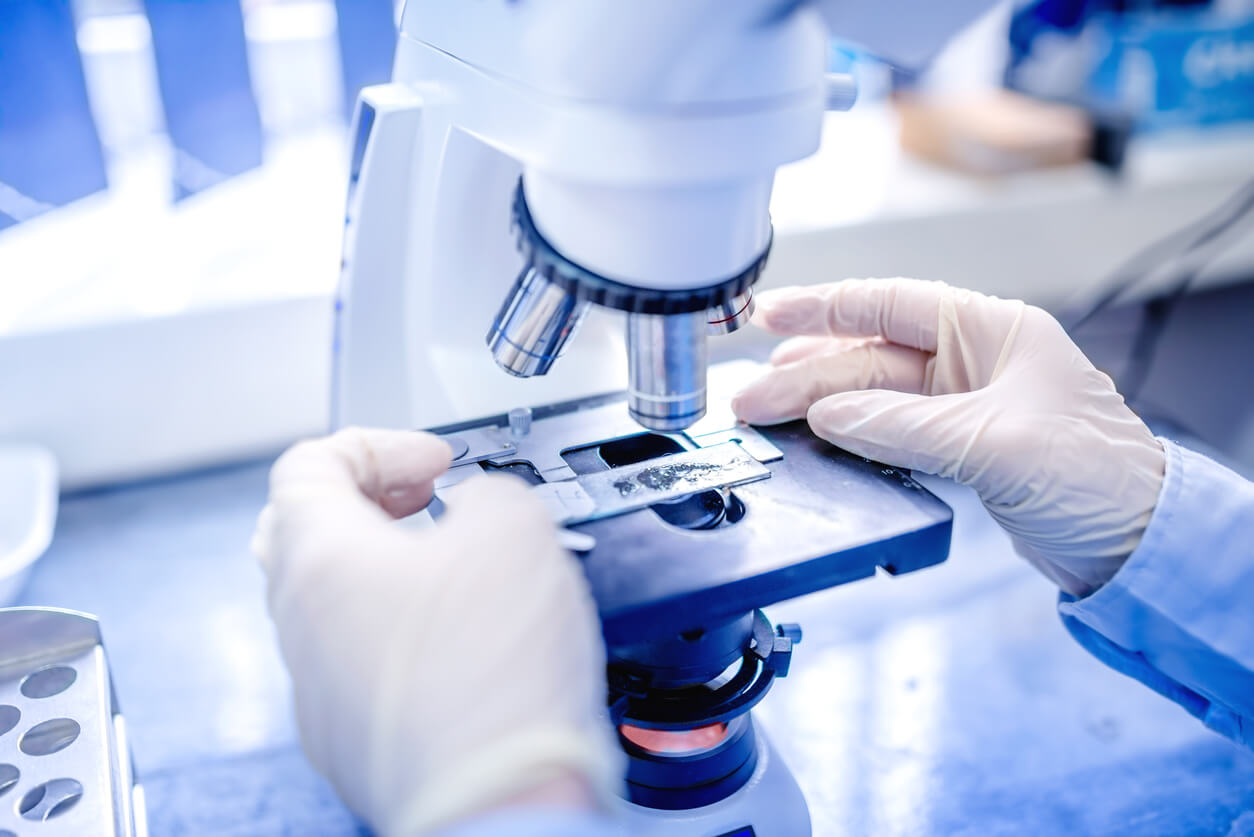Histopathology
Histopathology is the diagnosis and study of diseases of the tissues, and involves examining tissues and/or cells under a microscope. With the help of sophisticated imaging techniques, biopsy tissue can now be obtained from previously inaccessible sites such as the pancreas or retroperitoneum (behind the peritoneum, the membrane lining the abdominal cavity). Tissue is then processed, usually overnight, before being examined under a microscope. In certain limited circumstances using special techniques, the specimen can be examined immediately. With rapidly changing developments in molecular pathology, pathologists are leading the way with new techniques such as fluorescence in-situ hybridization. Histopathologists also examine cells in smears, aspirates or bodily fluids (cytopathology), for example in urine or cervical smears. Other subspecialties include forensic pathology, neuropathology and paediatric pathology (FISH) and polymerase chain reaction (PCR), to map the genetic material in tissues or tumours, which are essential in the management of many cancer.
CANCER DIAGNOSIS
Histopathologists provide a diagnostic service for cancer; they handle the cells and tissues removed from suspicious ‘lumps and bumps’, identify the nature of the abnormality and, if malignant, provide information to the clinician about the type of cancer, its grade and, for some cancers, its responsiveness to certain treatments.

